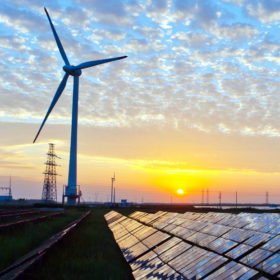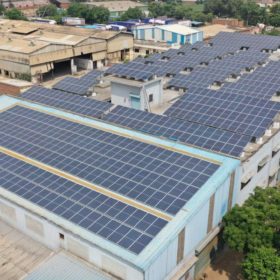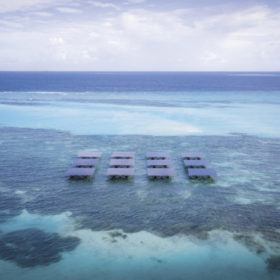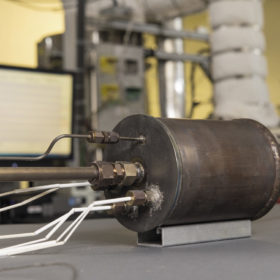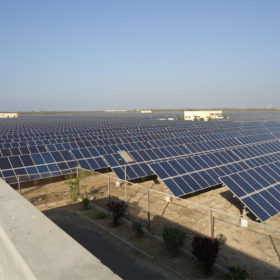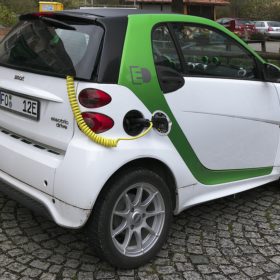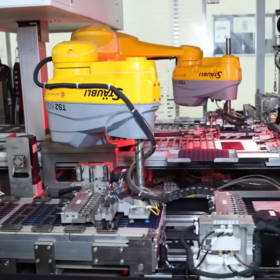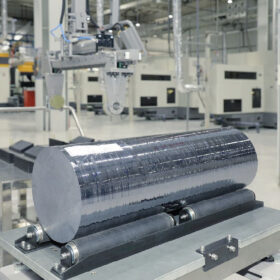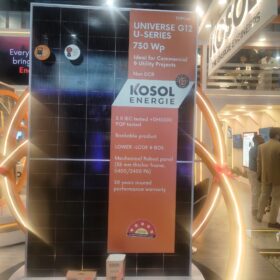Consyst bags order to build a renewable energy data center for KSEB
The Kochi-based system integrator will connect kW- and MW-scale solar plants distributed across the state using remote terminal units, Cloud Computing and Industrial Internet of Things. Once commissioned, the system will help Kerala State Electricity Board Ltd to evaluate and analyse the performance of renewable energy generation in the state more precisely in real time and manage grid operations better.
NSEFI demands 12-month blanket extension of ISTS charges and losses waiver
The lobby group has asked the ministry that the interstate transmission charges waiver be extended to cover solar and wind projects that get commissioned up to December 31, 2023. It also recommended that the waiver be linked to bidding, allowing projects commissioned within 36 months from the award of contract to avail the exemption, even if they get commissioned beyond December 31, 2023.
Haryana tenders 30 MW rooftop solar for government buildings
Bidding closes on July 20 for installation and commissioning of grid-connected solar projects. The projects are to be set up in RESCO mode on government buildings across the state.
Energy and Economy: Rewriting the Indian story for the World
India is running the world’s largest renewable energy expansion program with a mind-boggling target of 450 GW by 2030. Can the country with a growing energy demand do more than this? Can it do what developed countries should have done years ago?
The long read: Sink or swim
The impressive progress made by offshore wind arrays may be attracting a new group of PV developers looking to leave the constraints of the roof and free field behind. And while saltwater, wind and waves are no friend of PV, progress is being made in proving the potential applications.
The long read: Scientists at Argonne develop new kind of thermal battery
Scientists at the U.S. Department of Energy’s (DOE) Argonne National Laboratory have developed a new kind of thermal battery that can greatly increase the energy efficiency and cost-effectiveness of many industrial processes and shows great promise for use in the solar industry. Liz Thompson reports that Argonne’s Thermal Energy Storage System (TESS) can rapidly capture and store surplus heat so that it can be used as needed. With its pioneering modular design and material advancements resulting in greater efficiency, TESS is a big step forward in thermal battery technology.
Tata Power to develop 100 MW solar project in Maharashtra
The Maharashtra project is the developer’s second large-scale solar win this month following a 120 MW project in Gujarat. The electricity generated will be supplied to Maharashtra State Electricity Distribution Co. Ltd (MSEDCL) under a 25-year power purchase agreement.
India can become electric vehicle manufacturing hub within five years: Nitin Gadkari
The industry needs to cut a dependence on electric vehicle battery imports from China, according to the road transport minister, who said the government is looking to support research into alternatives to lithium-ion technology.
Andhra Pradesh allocates 57% of energy budget to ‘free power for agriculture’ scheme
The overall energy outlay of Rs 6984.73 crore for the year 2020-21 is much lower than 2019-20’s revised estimate of Rs 11,639 crore.
Supply chain concerns will drive EV battery recycling policies
With electric vehicles starting to gain traction, the International Energy Agency’s updated, ten-year e-mobility forecast has suggested geopolitical and economic concerns will trump environmental niceties when it comes to encouraging recycling. But what price ever-cheaper batteries?

